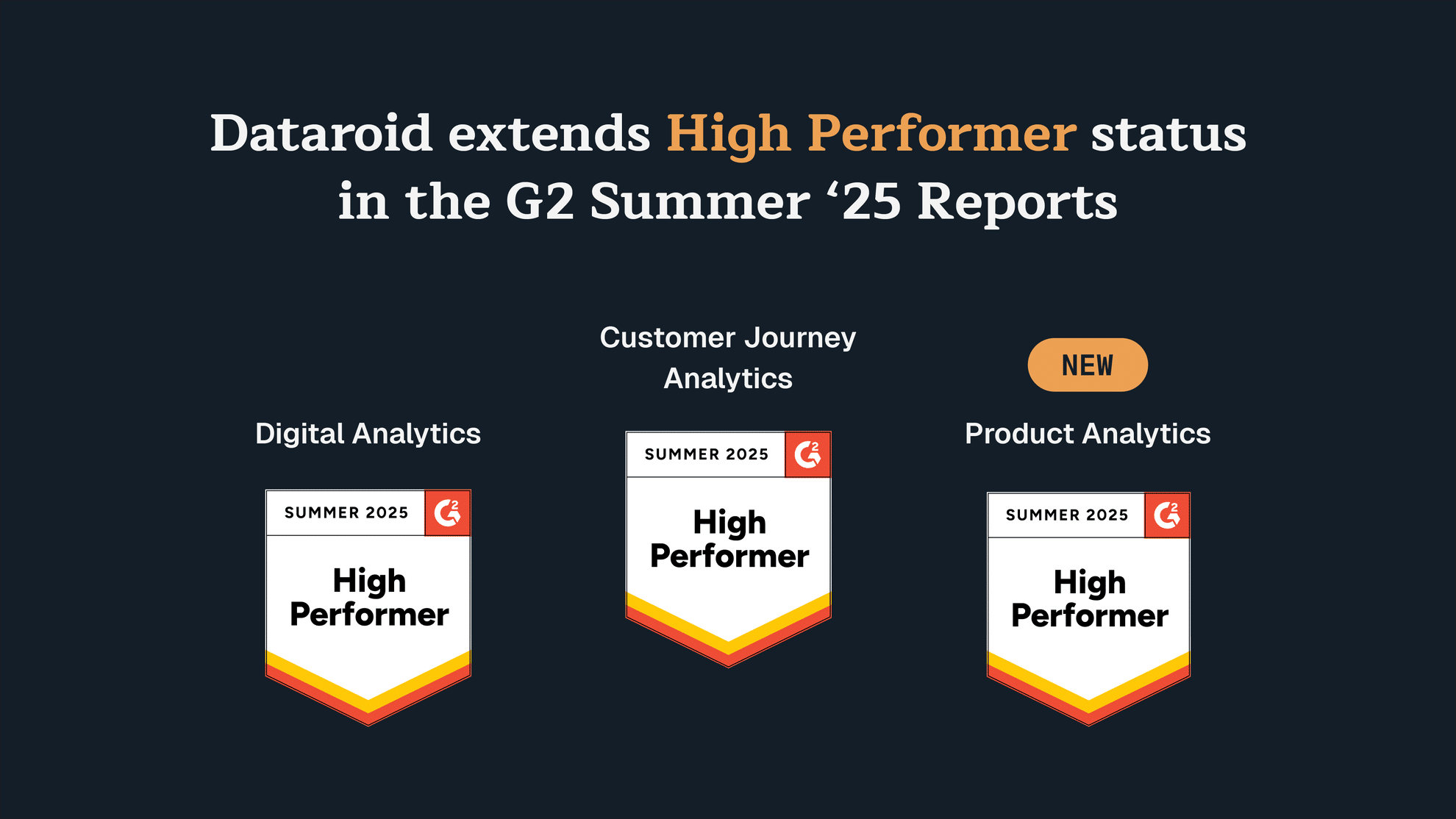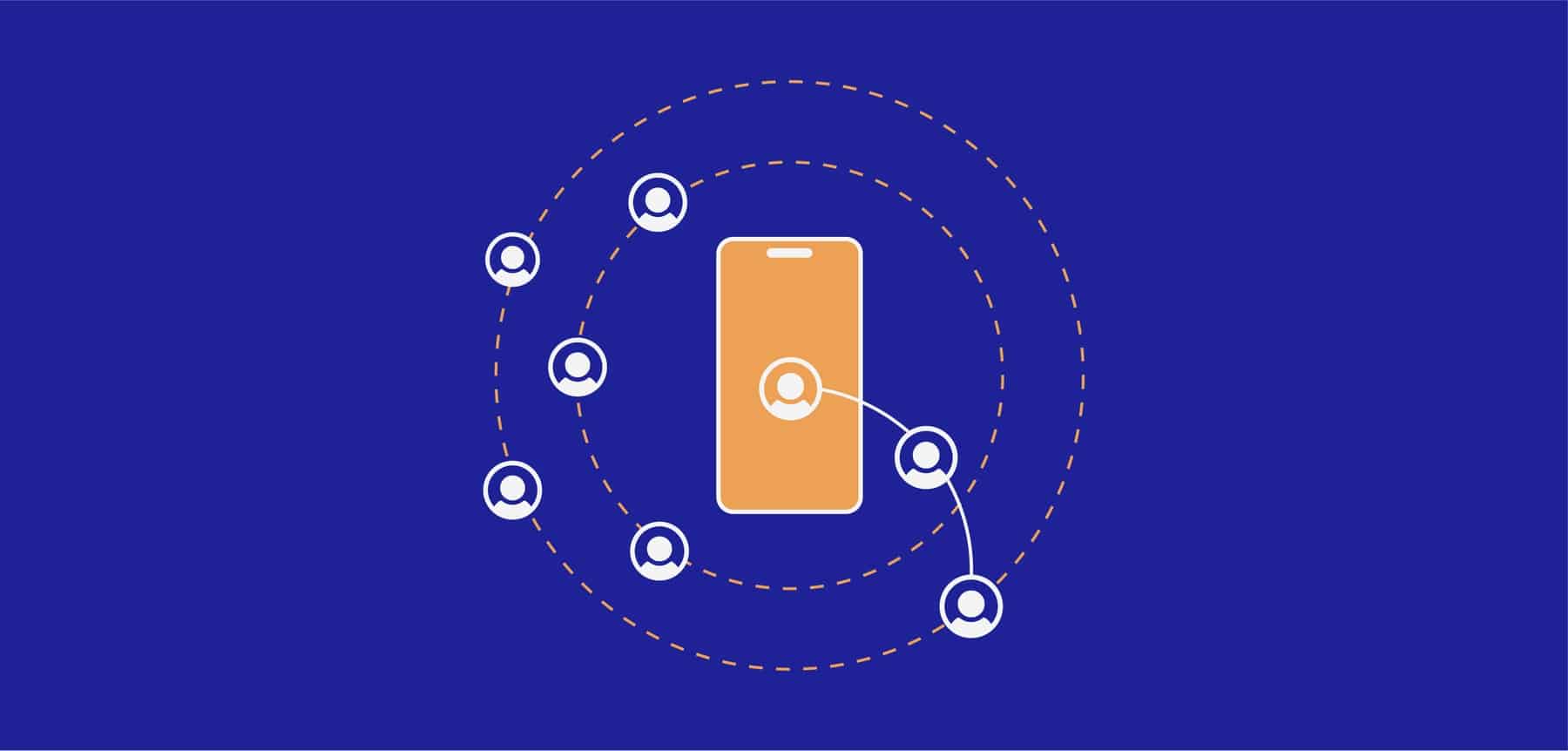Customer Acquisition Cost (CAC): Definition and Calculation
- Reading Time: 6 minutes
In today’s competitive business landscape, understanding the financial metrics associated with acquiring new customers is crucial to any company’s level of success. One of the key metrics in this regard is the Cost of Customer Acquisition (CAC).
CAC provides valuable insights into your sales and marketing efforts, enabling you to make informed decisions, optimize your strategies, and drive sustainable business growth. In this blog post, we’ll cover what a CAC is and the impact it has on your overall business success.
What is Customer Acquisition Cost (CAC)?
The CAC is a metric used to determine how much money a company should spend on acquiring new customers. It represents the amount of money spent on sales and marketing to acquire each new customer. CAC is a critical business metric for identifying resources to acquire new customers and helps assess your company’s overall health and profitability.
Businesses follow CAC to identify the most profitable customer segments, identify the purchasing channels that provide the greatest return on investment (ROI), project marketing budgets, and analyze their business models. In order to make these identifications, CAC needs to be compared to other business metrics, such as customer lifetime value.
The Importance of Knowing Your CAC
Customer acquisition cost is important because it influences factors such as budget effectiveness, profitability, and competitive advantage. Companies must determine the best strategies for customer acquisition by making the most effective use of their limited budgets.
Customer acquisition costs include a company’s sales and marketing costs, so when performing analyses based on this metric, return on investment (ROI) must also be considered. It is possible to analyze marketing & sales expenditures, and in which segments it works for which admin, and which is the most effective for this name or expenditure. At the same time, the Dataroid analytics platform allows customers to track the performance of these advertising channels effectively.
Through the CAC calculation, it is possible to determine which segments and areas spend the most on marketing and sales, or which advertisements are successful.
Sign up to drive your business with the power of data
How to Calculate Customer Acquisition Cost
Customer Acquisition Cost (CAC) is calculated by dividing the total cost spent on acquiring customers by the number of new customers gained within a specific period. To calculate CAC, add up the costs associated with customer acquisition, such as advertising, marketing campaigns, sales team salaries, and software subscriptions. Add new customers acquired during the same time. CAC is calculated by dividing total acquisition costs by new customers. Using this metric, businesses can make informed decisions about marketing investments and overall growth strategies based on the efficiency and profitability of customer acquisition strategies.
Step by Step Guide to Calculating CAC
To calculate the CAC, it is first necessary to determine the total marketing and selling expenses incurred in a given period. Then, the number of new customers gained during this period should be determined. CAC result is obtained by dividing the total spending by the number of new customers.
- CAC = Customer acquisition cost
- TE = Total expense to attract, engage, and convert a new customer (marketing costs + sales costs)
- NC = Number of new customers acquired
Customer Acquisition Cost Formula (CAC) = TE / NC
Example of a CAC Calculation
For example, if the bank spent $100,000 on marketing and sales efforts during a quarter and acquired 500 new customers in that period, the CAC would be:
CAC = $100,000 / 500 = $200
This means that, on average, the bank spent $200 to acquire each new customer during that quarter.
Understanding the Implications of Customer Acquisition Cost
Understanding the impact of CAC helps businesses evaluate the efficiency of their acquisition strategies, optimize marketing budgets, and make informed decisions about resource allocation.
Analyzing CAC provides insights into marketing channel effectiveness, lead quality, and overall acquisition process health. By leveraging this information, companies can make strategic adjustments to improve acquisition efforts and increase profitability.
Existing customers are already aware of why they need your product and what sets it apart from its competitors. The probability of selling to an existing customer is 60% -70%, while the probability of selling to a new customer is 5% – 20%. Your job will be much more challenging if you do not focus on selling to your existing customers.
CAC and Your Business Model
Through CAC analysis, businesses can identify effective acquisition channels, optimize budget allocation, and shape a profitable acquisition strategy tailored to their specific business goals. This understanding of CAC dynamics provides a competitive edge and paves the way for digital success.
For example, a bank can reduce CAC by implementing targeted online advertising through digital channels, based on data analytics, and by providing a seamless first onboarding experience to leads in the user acquisition funnel.
The Relationship between CAC and Lifetime Value (LTV)
CAC and LTV are important metrics for businesses. CAC refers to the cost of acquiring a customer, while LTV represents the total value a customer brings over their lifetime. To ensure profitability, LTV should be higher than CAC.
Improving the CAC-to-LTV ratio involves reducing acquisition costs, enhancing customer retention, and increasing customer lifetime value. This ratio helps identify high-value customer segments and guides resource allocation.
How to Reduce Your Customer Acquisition Cost
Companies can acquire more new customers through CAC optimization without having to increase their budgets. The higher the acquisition for the user acquisition funnel, the larger the customer base retained. Here are three effective strategies to reduce your customer acquisition cost:
1. Improving Your Marketing Strategy
By implementing a targeted marketing strategy, CAC can be significantly reduced. The process of optimizing a marketing budget involves conducting extensive market research, identifying the target audience, and tailoring marketing efforts to reach that target audience. It is possible to maximize marketing efficiency and reduce purchasing costs by focusing on the channels and tactics that offer the highest return on investment (ROI).
2. Using Digital Analytics Tools
Digital analytics tools enable the development of data-driven strategies by providing valuable insights. Businesses can use them to identify cost-effective marketing channels, optimize website conversion rates, and improve customer acquisition strategies using data. KPIs can be monitored, customer pain points identified, and customer experiences personalized using digital analytics tools like Dataroid.
3. Boosting Customer Retention
Retaining existing customers is equally important for reducing CAC. Organic referrals are generated by loyal customers, who tend to have a higher lifetime value. Enhance customer retention by offering loyalty programs, rewards, and personalized interactions. Building long-term relationships with your existing customers will reduce the need for expensive acquisition campaigns and increase customer lifetime value.
4. Optimizing Your Conversion Funnel
The conversion funnel can be optimized and streamlined to reduce customer acquisition costs. It is necessary to evaluate each stage to identify potential bottlenecks and areas for improvement. Targeted content marketing can be leveraged to implement effective call-to-action strategies and increase lead generation. By converting more customers at each stage of the funnel, CAC can be reduced.
Key Takeaways
In this article, we focused on the power of understanding and managing your CAC. For a business model to be considered sustainable, it is crucial that the revenue generated from customers over the course of their product usage surpasses the expenses incurred in acquiring those customers. By achieving a positive return on customer acquisition investment, the business can ensure long-term profitability and viability, allowing it to invest in further growth and innovation. Dataroid platform enables you to analyze your conversion funnel and send personalized in-app messages and push notifications to strengthen your CAC optimization efforts.
Sign up to drive your business with the power of data

YOU MAY ALSO LIKE
Drive your digital growth
Schedule a demo today to learn more on how we can help you unleash the potential of digital using Dataroid.





